Professional Development in a Developing Profession
“Hello….can you tell me a little about theatre intimacy training and how it works?”
“I don’t understand how it works, can’t the actors just work it out for themselves?”
“I have my own system of doing things. Why do I need this?”
“I am traditionalist isn’t this going to get in the way of the actor’s instincts?”
“Who has time to add an intimacy call into the preshow preparations?”
“If the actor has that much voice, how is that not self-indulgent?”
People have lots of questions about our work with Theatrical Intimacy Education. And I understand where each one comes from. The #metoo movement has gotten everyone talking about what many of us have felt for a long time: that we have to create a more respectful work environment in all professions. The theatre and film industries are starting to acknowledge that they are lacking in techniques and skills for dealing with how to stage intimate scenes. But many are still unaware of where to learn these skills. Furthermore, many seem unsure about how to incorporate these techniques into their systems of training and rehearsal. Understandably, some fear that the work is going to stifle the creative and instinctual process of the actor.
Of course there are a lot of questions. The problems are old. The solutions are new.
Over the past year, I have met and discussed this work with practitioners at professional theatres and on movie sets, spoken with teachers in many different types of training programs, chatted with casting directors, and presented workshops. I have learned that there are just as many people who are resistant to, confused about, and/or oblivious to theatrical intimacy training as there are people who welcome it. The resistance seems to center around two main areas of concern: the first, some directors fear it will inhibit the freedom of the creative process; the second, some teachers feel that it will get in the way of traditional acting training.
I get it. But in the 2000 years of theatre history, we have not done enough to address how to create self-care for actors as they deal with the physical and mental effects of staging and performing sexual intimacy and sexually violent scenes. In the past 100 years since traditional studio acting training was created, we have not traditionally included this work in training pedagogy. So of course theatre artists are going to resist adding a new system of training into what they already do. The history for this work is short lived. It's happening right now.
This is an opportunity for professional development.
We are willing to do it with other areas of our work pretty readily. If we need better skills in helping an actor connect with the voice, we are open to taking a voice workshop in one of the many voice training systems or hire a voice director/coach. If we want to improve our movement skills, we do not think twice about signing up for a Viewpoints, Margolis, Lucid Body, Alexander, or stage combat workshop. Everyone has taken a movement workshop. Not everyone has seen what good intimacy training can do for a theatre practitioner.
This work is not about forcing any actor, director, teacher, or producer to throw out their creative process, it is about helping everyone improve what they already do well.
Theatrical Intimacy Education seeks to help the industry improve the work and training environment, not only when staging intimate scenes and sexually violent scenes, but in how we treat each other in rehearsal and on set. We can help practitioners understand how to have healthy discussions about positive body image, how to discuss boundaries without judgment, understand empowered consent, and teach in a safe, supportive environment. That's what we do.
Recently, I was consulting with a chair of a top ranked theatre program, and he informed me that he wanted me to create a policy stating that all his performance teachers had to use the work we teach in Theatrical Intimacy Education. I told him to slow down. Forcing teachers to use any technique won't end well for anyone. Instead, I told him to make opportunities for his faculty to train in this work. That he needed to seek funding for that training. He could make change in his department by creating opportunities for professional development. He agreed.
We want to help you incorporate this work into what you already do. We want you to see how it serves the repetition work in the Meisner technique, the physical action ideals in Adler, the sensory work in Strasberg, the composition exercises in Viewpoints, the tremoring of the Fitzmaurice technique, the spontaneity of improvisation. Whatever techniques you work with, we are going to help you further develop an even more healthy practice that gives the performer agency and voice without sacrificing the work. That's why we're here.
The time for readily available access to this type of professional development is long overdue, but now there is no excuse. There are a number of organizations doing this work, all listed on our resource page. Find the right training for you and go. This is the beginning of a ground breaking, positive movement in our industry. Feel free to reach out with any thoughts, questions, and concerns. After all, we are all doing the best we can and learning takes time.
We are here for you. Let us help.
©

